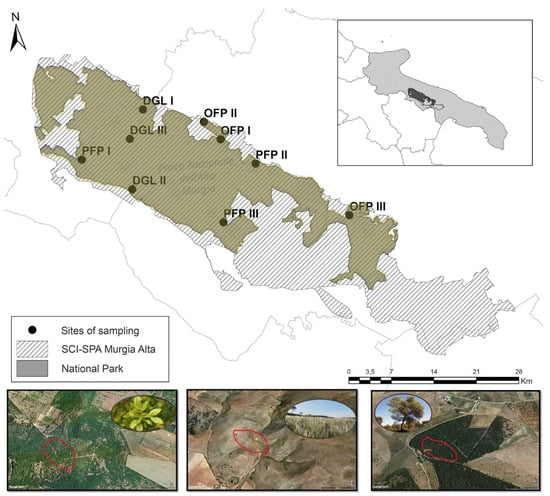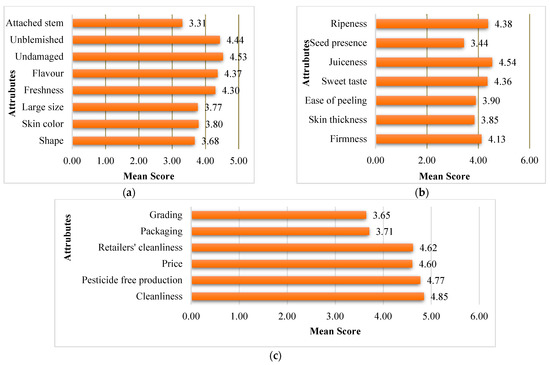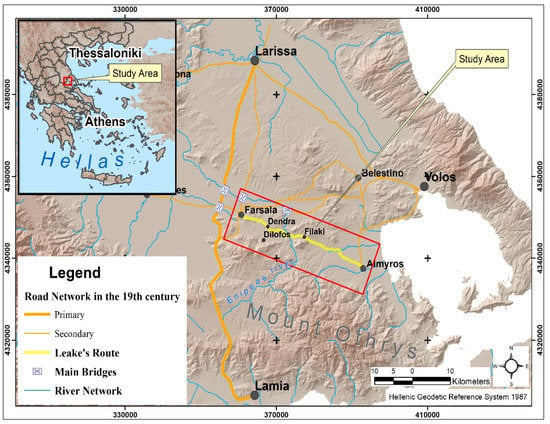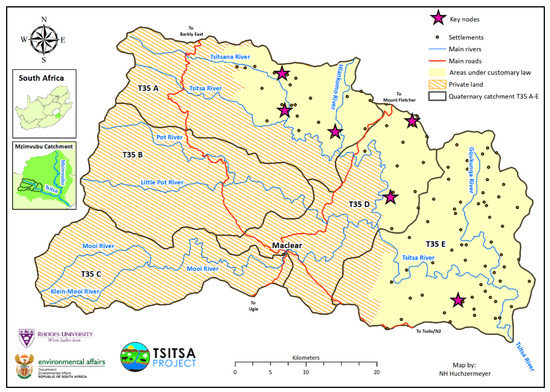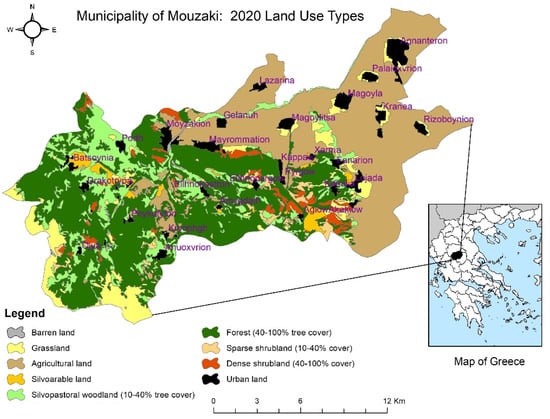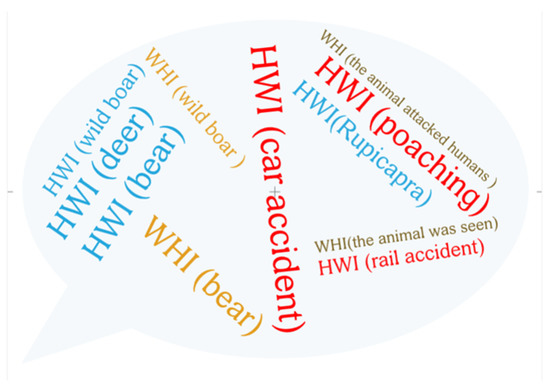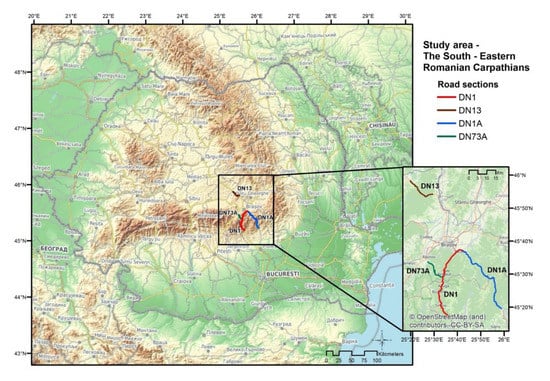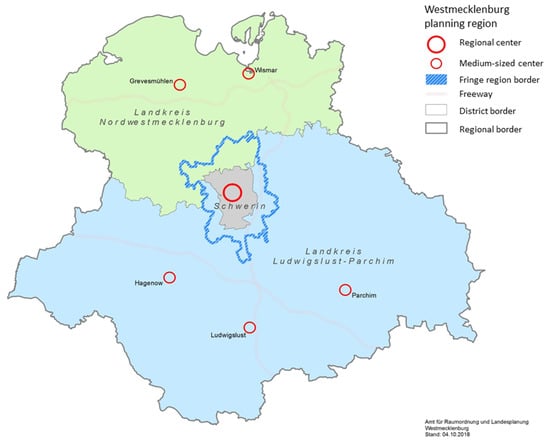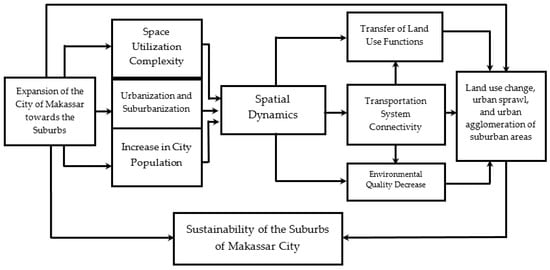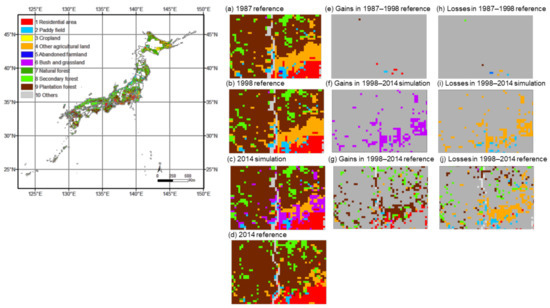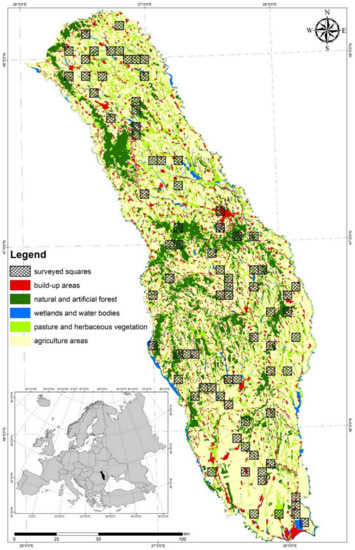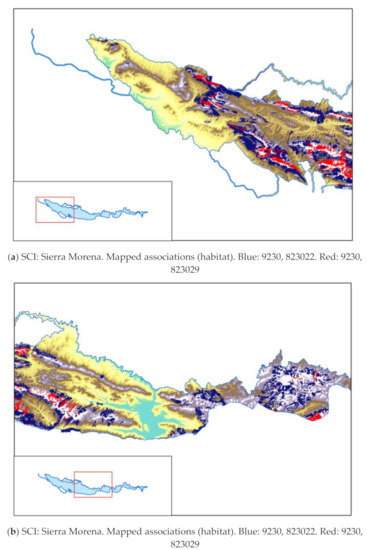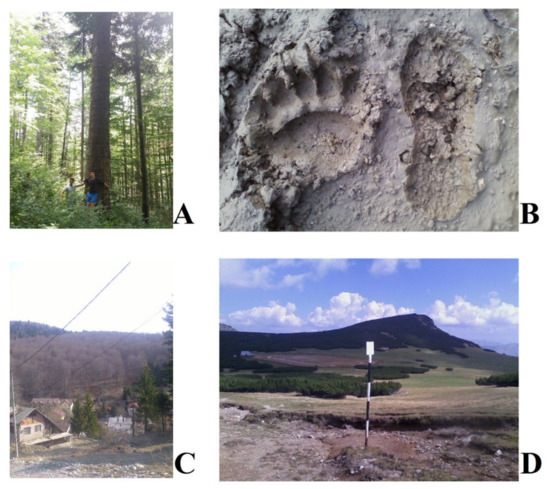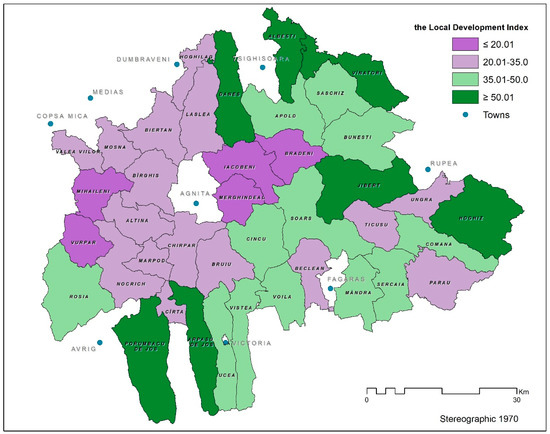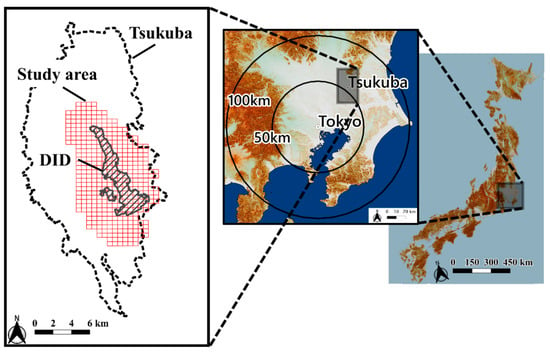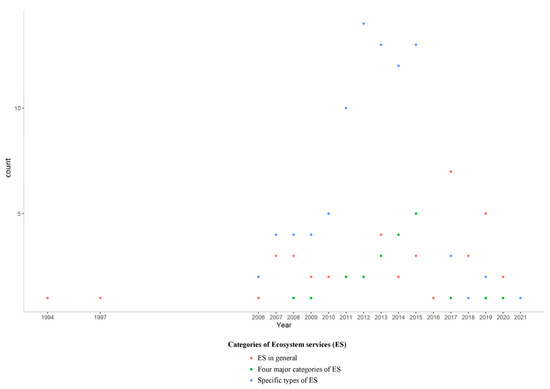Land Systems in Transition: Challenges, Approaches, and Pathways for a Sustainable Development
A topical collection in Land (ISSN 2073-445X).
Viewed by 59377Editors
2. Department of Regional Geography and Environment, Faculty of Geography, University of Bucharest, Bd. N. Bălcescu, 1, 010041 Bucharest, Romania
Interests: landscape ecology; modeling of landscape dynamics; landscape fragmentation; landscape planning; land use/land cover change and geographic approaches (nature and society)
Interests: social–ecological system models; ecosystem services; impact assessment; participatory planning processes at urban and landscape scales; climate change adaptation and mitigation strategies; biodiversity trends and governance
Special Issues, Collections and Topics in MDPI journals
Topical Collection Information
Dear Colleagues,
Land and ecosystems are subject to increasing demands and pressures, and they are permanently in transition. Land system science and related research disciplines such as landscape ecology or social–ecological system research therefore explore the systemic properties of land systems to understand how resilient or vulnerable those systems are under future scenarios, which tipping points and emergence effects may occur, and how persistent or prone systems are to adapt and change when reacting to single or multiple drivers and pressures. Land system research supports the systemic understanding of human–nature interaction and contributes to identify pathways for sustainability.
Societal challenges and emerging topics increasingly force the development of inter- and transdisciplinary research approaches in which scientists and also actors from society cooperate on solutions for human wellbeing and a sustainable environmental development.
This Series on Land Systems in Transition focuses on interdisciplinary approaches related to landscape ecology, landscape, analysis, modeling of landscape dynamics, land use/land cover change, and landscape planning. We invite authors to contribute to the topics mentioned above or focus on complementary topics such as climate change, biodiversity trends, and ecosystem service assessments. Contributions that explore links between these themes and look at nexuses in complex constellations and landscape governance, participatory approaches, and/or citizen science are also welcome.
Topic 2019–2021: Land systems in transition—between persistence and change
Topic 2022: Future landscapes—visions and missions
Topic 2023: Landscapes in a global context—drivers and pressures that connect and divide
Prof. Dr. Pătru-Stupariu Ileana
Prof. Dr. Christine Fürst
Collection Editors
Manuscript Submission Information
Manuscripts should be submitted online at www.mdpi.com by registering and logging in to this website. Once you are registered, click here to go to the submission form. Manuscripts can be submitted until the deadline. All submissions that pass pre-check are peer-reviewed. Accepted papers will be published continuously in the journal (as soon as accepted) and will be listed together on the collection website. Research articles, review articles as well as short communications are invited. For planned papers, a title and short abstract (about 100 words) can be sent to the Editorial Office for announcement on this website.
Submitted manuscripts should not have been published previously, nor be under consideration for publication elsewhere (except conference proceedings papers). All manuscripts are thoroughly refereed through a single-blind peer-review process. A guide for authors and other relevant information for submission of manuscripts is available on the Instructions for Authors page. Land is an international peer-reviewed open access monthly journal published by MDPI.
Please visit the Instructions for Authors page before submitting a manuscript. The Article Processing Charge (APC) for publication in this open access journal is 2600 CHF (Swiss Francs). Submitted papers should be well formatted and use good English. Authors may use MDPI's English editing service prior to publication or during author revisions.
Keywords
- Land use/cover change
- Landscape persistence
- Landscape planning
- Ecosystems/environment behavior
- Habitat loss
- Driving forces
- Changes
- Governance






